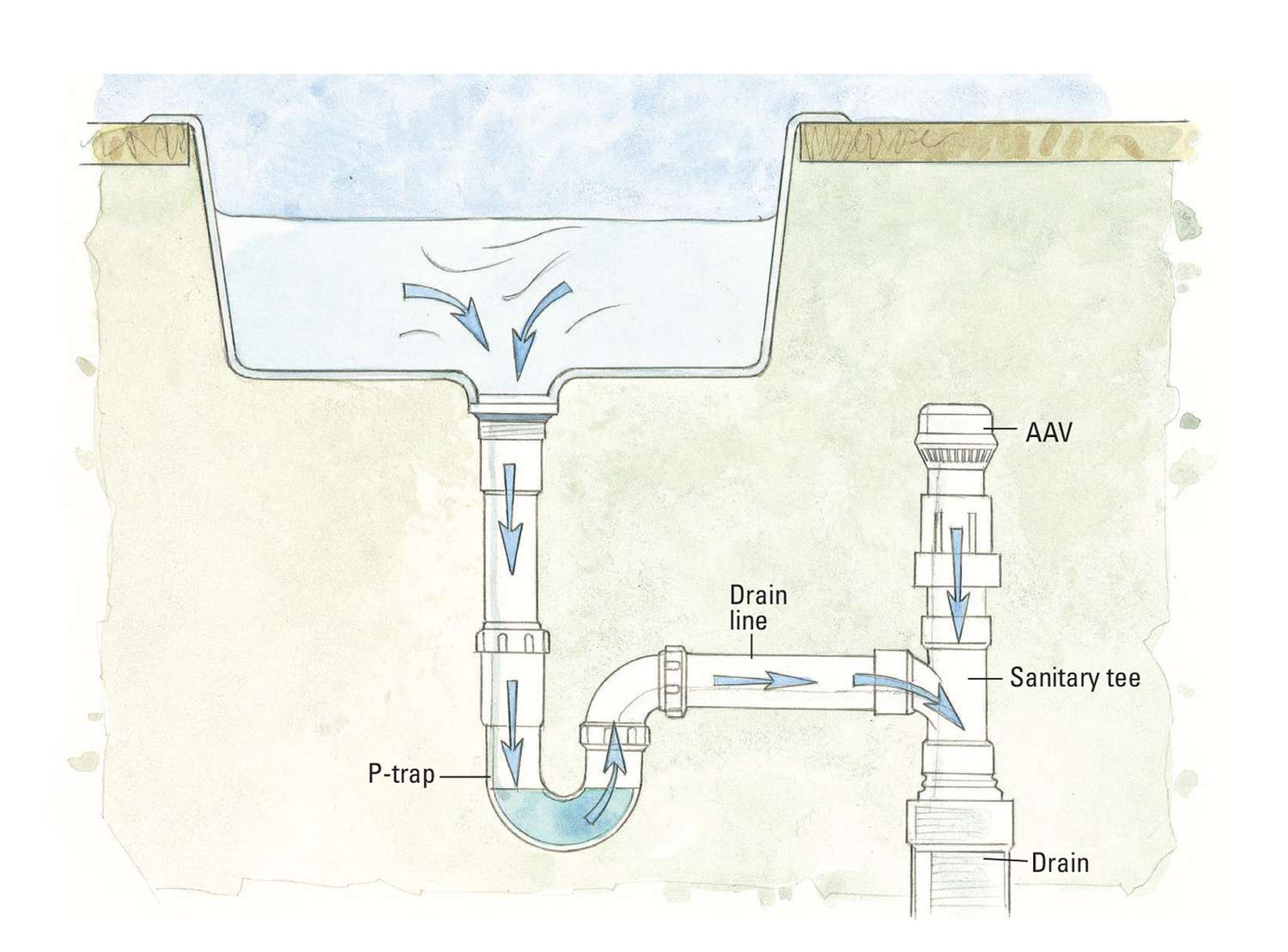

The use of air admittance valves are governed by building regulations (Part H) and they cannot be used in all situation, these This is to ensure the correct operation of the air admittance valve, otherwise there is a risk that the water seal The pipe - that is to say, where a washbasin is connected to the pipework, the air admittance valve must be higher than the overflow Into the room/roof space and prevents the water seals in traps along the pipework from being broken.Īn air admittance valve must be installed so that it is positioned above the highest flood level of the appliances fitted to The inrush of air through the open valve prevents the foul air in the pipe from escaping This intake of air equalises the air pressure and the sealingĭiaphragm falls back sealing the valve. Sealing diaphragm and allows air to be drawn in - see right lower. When an appliance discharges into the drain, a slight negative air pressure is produced in the drain pipework which lifts the Unless an air admittance valves is specifically described as being for external use, it should only be installed internally.Ī sealing diaphragm which under its own weight or slight spring pressure is normally held closed, thus sealing the foul air within The main advantage in using air admittance valves externally is that they reduce the amount of pipework which would otherwise be necessary to take the stack opening sufficient far from any window or other opening in the building. Their use also reduce the amount of pipework needed to fit an external, open soil or ventilating stack.Īir admittance valves used externally are specifically designed to operate within specified environmental conditions which must be checked against the intended installation location. One great advantage of using air admittance valves internally is that they remove the need for holes through the roof or external Those installed internally are generally fitted within rooms or

Does anyone have any recommendations for a drain rod kit for 'modern' drains as I'll need a very flexible pipe to bend it into the drain and try and plunge the pipe to remove the block.Air admittance valves are used to provided venting for soil and ventilating stacks - most types are for installation within a building, others are specifically designed for outside use. I don't think traditional drain rods could be pushed into the pipe. It seems the block is somewhere between the area I can see in the hatch, and the main pipe in the street. The water is moving but it's very sluggish. The water level immediately started to build up inside the hatch area rather than flow through the pipes into the street, and it took around a minute to return to it's lower level.
#Soil pipe air admittance valve problems plus#
I got my wife to flush the upstairs toilet and the water came down slowly, plus there was a gurgling noise outside. Already there was water pooled inside and it looked 'dirty' When I lifted the cover for the second hatch it was a different story straight away. We realised there was another drain cover when we did the upstairs loo and no water came through


The hatch I lifted earlier only appears to feed the downstairs toilet, and that's never shown a problem. What should I do? I can buy a new one but I can't remove the part that's welded on and I don't really understand how it could have failed? The valve appears to be a Center air admittance valve 110mm which unfortunately also seems to have been solvent welded onto the waste pipe. Is this valve likely to be the problem? I don't see any moving parts and I can't really see HOW it's the problem, but there is no denying unscrewing the cap stops the issues in the house. To experiment I tried removing the cap so the pipe is open, and voilá! immediately all the drainage problems go away. I noticed it has a cap on top which research tells me is an air admittance valve. I was up in the loft and noticed the soil pipe which in these new houses seems to be inside. Similarly if we have a shower upstairs the toilet in the middle bathroom bubbles through the waste in the pan, so clearly we have pressure problems somewhere. In our ensuite bathroom the toilet pan can sometimes fill close to the top when flushing before draining, and when it does the waste on our shower bubbles and burps suggesting an airlock. Since pretty much day one we noticed the shower and toilets drain slowly. I'm hoping you can help me as I'm no plumber! I live in a townhouse that's about 5 years old, we moved in last summer.


 0 kommentar(er)
0 kommentar(er)
